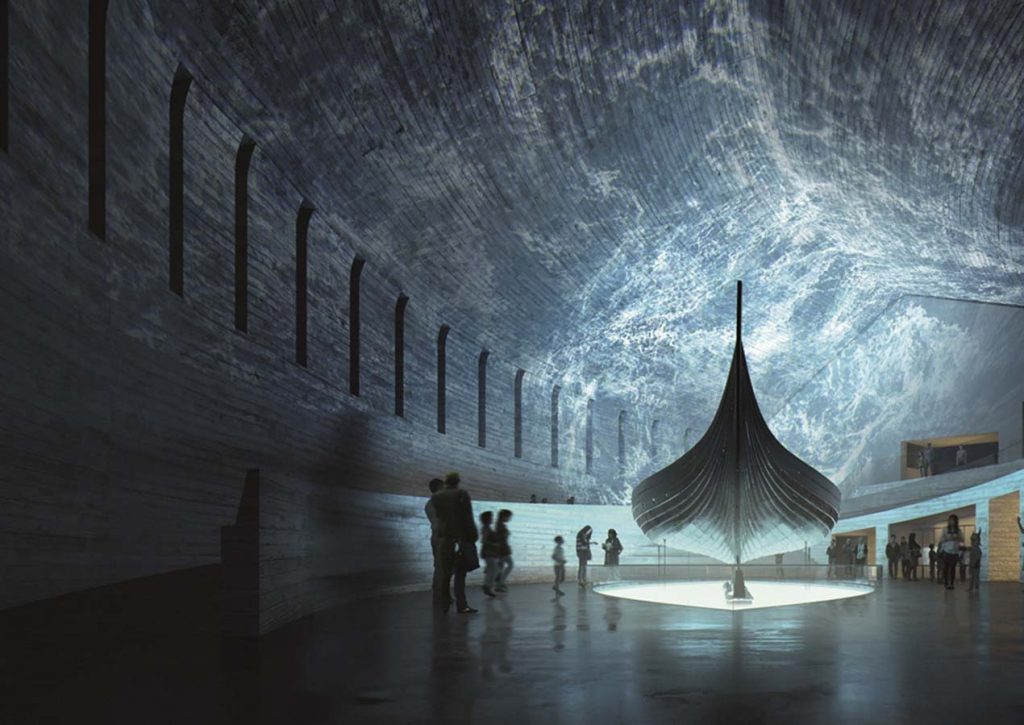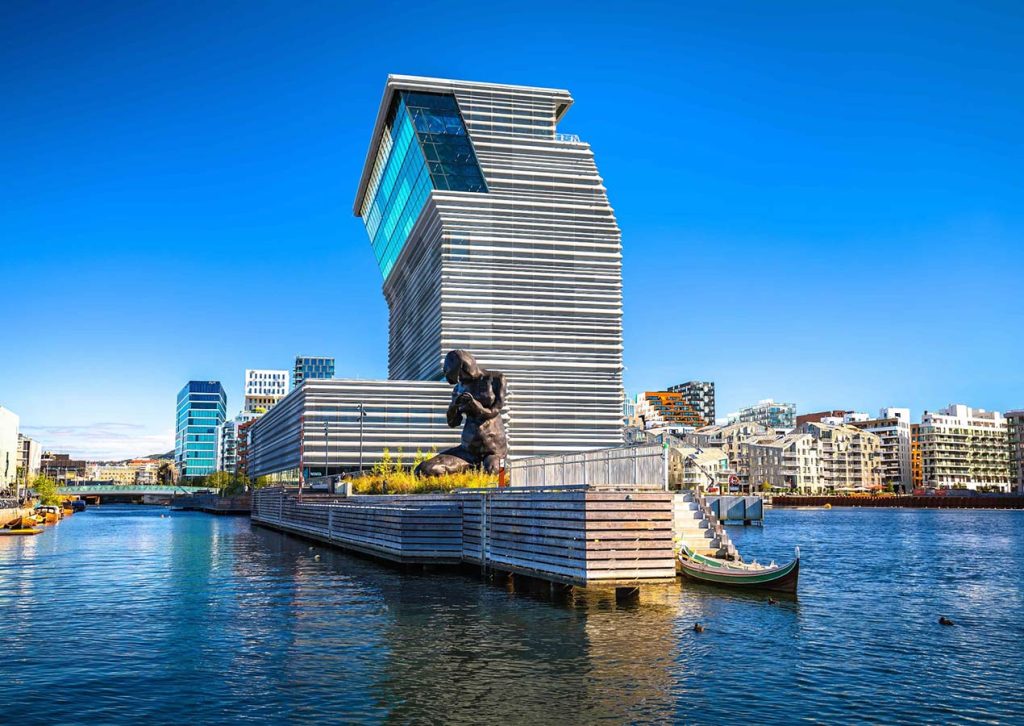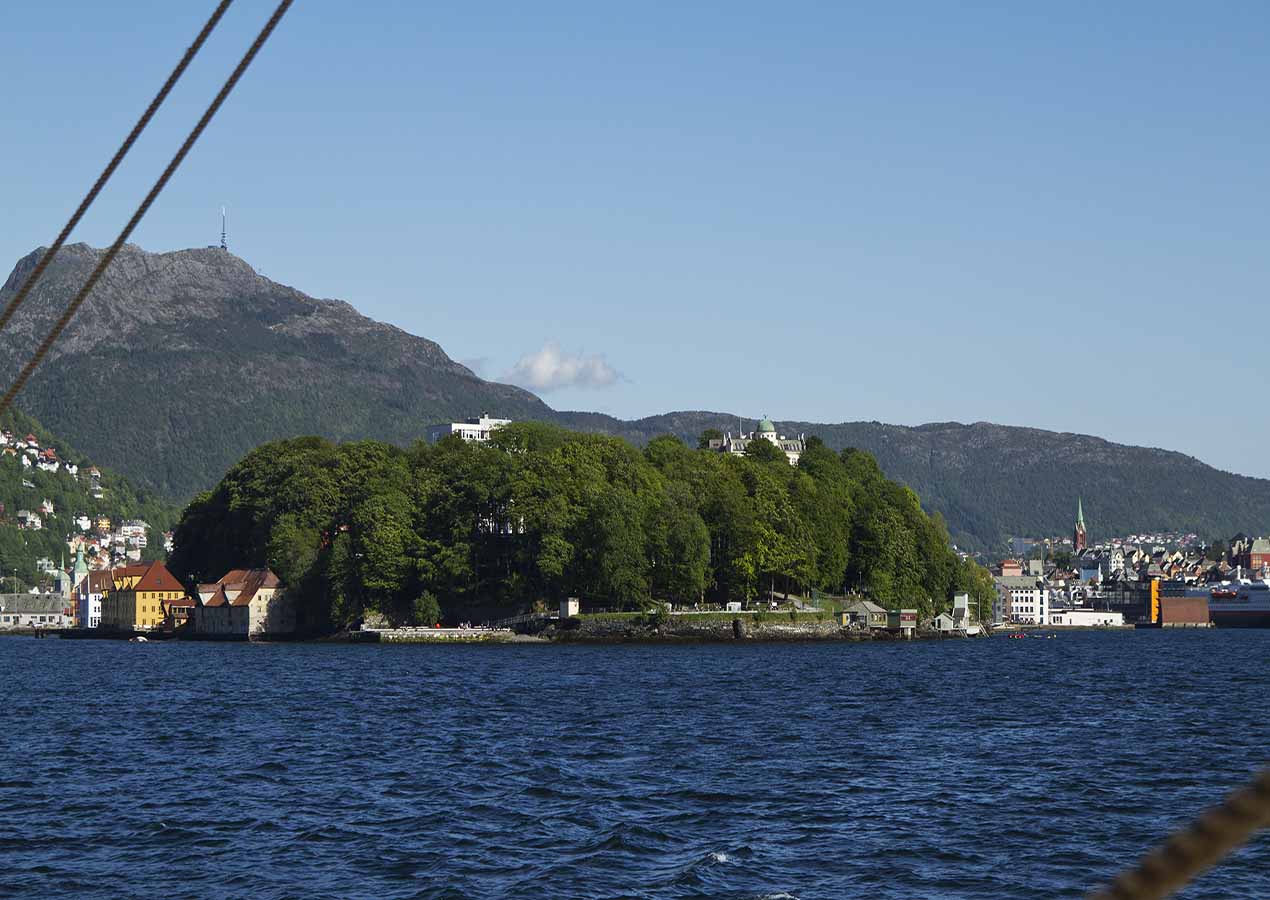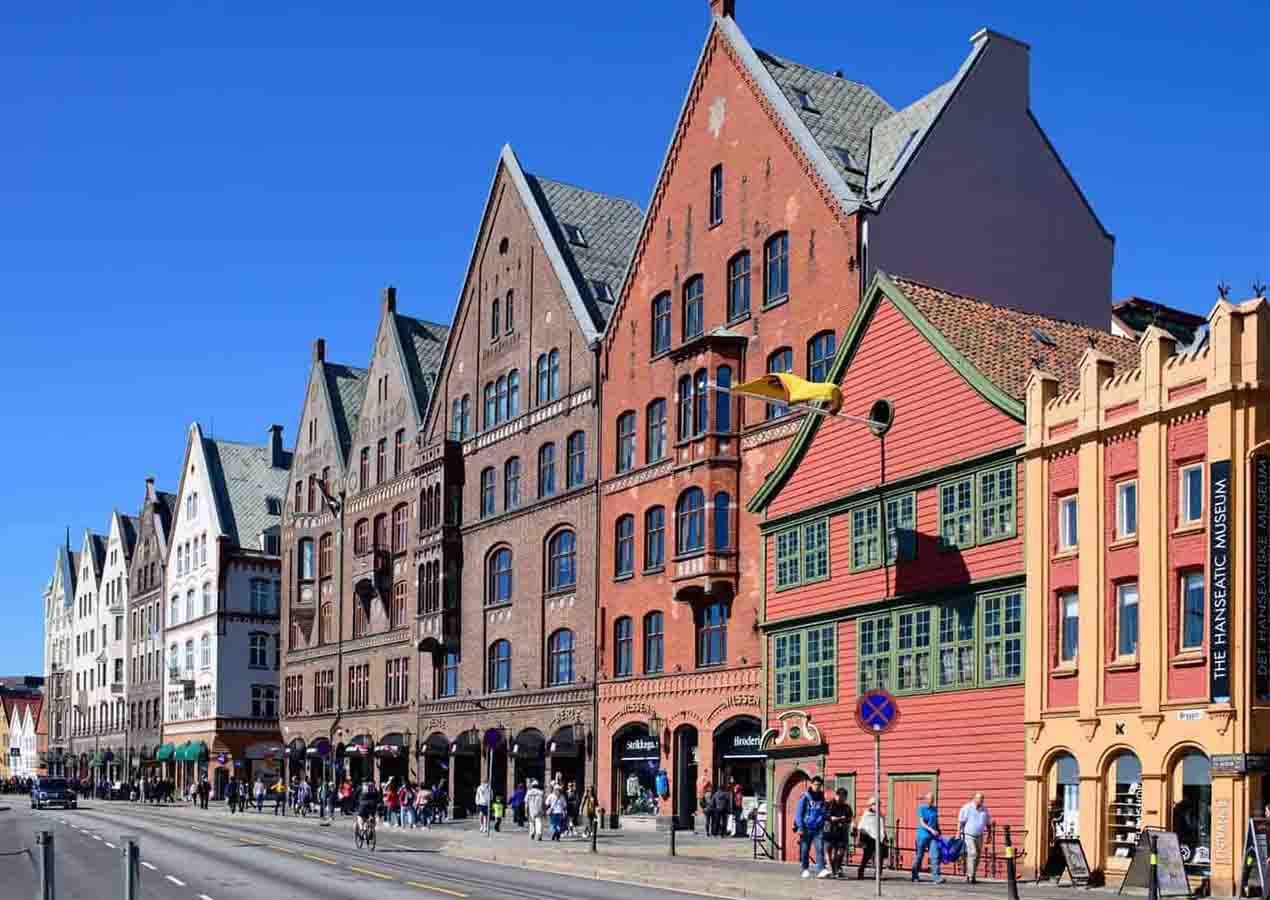Oslo, the capital of Norway, is a city that beautifully blends modern architecture, rich history, and stunning natural landscapes. My recent trip to this Scandinavian gem was nothing short of extraordinary.
In this blog post, I’ll take you through six must-visit attractions in Oslo, sharing my personal experiences, detailed information on how to get there, ticket prices, and my overall impressions.
1. The Vigeland Park: An Artistic Marvel
Location: Nobels gate 32, 0268 Oslo, Norway
How to Get There: Vigeland Park is located in the Frogner neighborhood of Oslo. You can reach the park by taking tram number 12 to the Vigelandsparken stop or bus number 20 to the Frogner plass stop. Both stops are just a short walk from the park entrance.
Tickets and Discounts: Entry to Vigeland Park is free.
Recommendation Index: 9/10
Booking Platforms: No booking required.
The Vigeland Park, also known as Frogner Park, is one of Oslo’s most visited attractions and for good reason. This vast park is home to over 200 sculptures created by Gustav Vigeland, making it the largest sculpture park in the world created by a single artist. As I wandered through the park, I was mesmerized by the incredible diversity and detail of the sculptures, each depicting various human emotions and experiences.
One of the park’s highlights is the Monolith, a towering sculpture carved from a single block of granite, depicting 121 intertwined human figures. The sight of this immense structure left me in awe, and I spent a good amount of time admiring its intricate details. Another favorite was the Wheel of Life, symbolizing the circle of life with its interconnected human figures.
The park itself is beautifully landscaped, offering plenty of green spaces, walking paths, and serene spots for relaxation. It’s a perfect place to spend a sunny afternoon, whether you’re an art enthusiast or just looking to enjoy a peaceful stroll.
2. The Viking Ship Museum: A Journey Back in Time
Location: Huk Aveny 35, 0287 Oslo, Norway
How to Get There: The Viking Ship Museum is located on the Bygdøy peninsula. You can take bus number 30 from Oslo city center to the Vikingskipene stop, which is just a short walk from the museum. Alternatively, you can take a ferry from Aker Brygge to Bygdøy during the summer months.
Tickets and Discounts: Adult tickets are NOK 120, children’s tickets are NOK 50, and family tickets (2 adults and up to 3 children) are NOK 300. Discounts are available for students and seniors.
Recommendation Index: 10/10
Booking Platforms: Tickets can be purchased on-site or in advance through the museum’s official website.

The Viking Ship Museum offers an unparalleled glimpse into Norway’s Viking heritage. As I entered the museum, I was immediately drawn to the impressive sight of the Oseberg Ship, one of the best-preserved Viking ships in the world. The sheer size and craftsmanship of the ship were astonishing, and the detailed exhibits around it provided fascinating insights into Viking life and seafaring.
The museum also houses the Gokstad and Tune ships, each with its own unique history and artifacts. I was particularly intrigued by the intricate wood carvings and the various items found with the ships, including tools, textiles, and even skeletal remains. These exhibits helped paint a vivid picture of the daily life, rituals, and voyages of the Vikings.
One of the highlights of my visit was the multimedia show that brings the Viking era to life through stunning visuals and sound effects. It’s an immersive experience that adds depth to the museum’s impressive collection.
3. The Oslo Opera House: Architectural Brilliance
Location: Kirsten Flagstads Plass 1, 0150 Oslo, Norway
How to Get There: The Oslo Opera House is conveniently located in the Bjørvika neighborhood, close to the Oslo Central Station. You can easily reach it by walking from the station or taking any tram or bus that stops at Jernbanetorget.
Tickets and Discounts: Guided tours cost NOK 120 for adults and NOK 60 for children. Prices for performances vary depending on the show and seating category.
Recommendation Index: 9/10
Booking Platforms: Tickets can be purchased through the Oslo Opera House official website or at the box office.
The Oslo Opera House is a true architectural marvel. Designed to resemble an iceberg floating in the Oslofjord, its sleek, angular design and white marble exterior make it a striking landmark. As I approached the building, I was immediately impressed by its grandeur and modern elegance.
One of the unique features of the Opera House is its accessible roof, which you can walk on to enjoy panoramic views of Oslo and the fjord. I spent a good amount of time exploring the rooftop, taking in the breathtaking vistas and marveling at the innovative design that seamlessly integrates the building with its surroundings.
Inside, the Opera House is equally impressive, with its minimalist yet sophisticated interiors. I took a guided tour, which provided fascinating insights into the architecture, acoustics, and behind-the-scenes workings of the opera. The highlight was visiting the main auditorium, with its stunning oak-lined walls and state-of-the-art stage technology.
4. The Munch Museum: Art and Inspiration
Location: Edvard Munchs Plass 1, 0194 Oslo, Norway
How to Get There: The Munch Museum is located in the Bjørvika district, near the Oslo Opera House. It’s a short walk from Oslo Central Station or you can take the tram to the Bjørvika stop.
Tickets and Discounts: Adult tickets are NOK 160, children’s tickets are NOK 80, and family tickets are NOK 400. Students and seniors receive discounted rates.
Recommendation Index: 8/10
Booking Platforms: Tickets can be purchased on-site or in advance through the museum’s official website.

As an art lover, visiting the Munch Museum was a deeply inspiring experience. The museum is dedicated to the life and works of Edvard Munch, one of Norway’s most famous artists, best known for his iconic painting “The Scream.” The museum’s modern design, with its large glass windows and open spaces, creates a welcoming and contemplative atmosphere.
The museum’s extensive collection includes over 28,000 works by Munch, spanning paintings, prints, drawings, and sculptures. I was particularly moved by the emotional depth and intensity of Munch’s work, which often explores themes of love, death, and human anxiety. The museum’s well-curated exhibits and insightful descriptions helped me gain a deeper understanding of Munch’s artistic journey and the influences behind his creations.
One of the highlights of my visit was the immersive exhibition, which uses multimedia elements to bring Munch’s art to life. This innovative approach made the experience even more engaging and memorable.
5. The Holmenkollen Ski Museum and Jump Tower: A Thrilling Experience
Location: Kongeveien 5, 0787 Oslo, Norway
How to Get There: The Holmenkollen Ski Museum and Jump Tower are located on the hills overlooking Oslo. You can reach the site by taking the Metro Line 1 (Frognerseteren) to Holmenkollen station, followed by a short walk to the museum.
Tickets and Discounts: Adult tickets are NOK 150, children’s tickets are NOK 75, and family tickets are NOK 375. Discounts are available for students and seniors.
Recommendation Index: 9/10
Booking Platforms: Tickets can be purchased on-site or in advance through the museum’s official website.
The Holmenkollen Ski Museum and Jump Tower offer a unique combination of history, sport, and breathtaking views. As I arrived at the site, I was struck by the imposing ski jump tower, a symbol of Norway’s long-standing ski traditions. The museum, located at the base of the tower, provides a fascinating overview of the history of skiing, from ancient times to modern-day competitive sports.
The museum’s exhibits include a wide range of artifacts, such as vintage ski equipment, clothing, and memorabilia from various winter sports events. I was particularly intrigued by the stories of pioneering skiers and the evolution of skiing techniques over the centuries.
After exploring the museum, I took the elevator up to the top of the jump tower. The panoramic views from the observation deck were absolutely stunning, offering a bird’s-eye view of Oslo and the surrounding landscape. It’s easy to see why Holmenkollen is a favorite spot for both tourists and locals.
6. Akershus Fortress: A Historic Landmark
Location: Akershus Festning, 0150 Oslo, Norway
How to Get There: Akershus Fortress is located in the city center, near the Oslo Harbor. It’s easily accessible by foot from the city center or by taking a tram or bus to the Kontraskjæret stop.
Tickets and Discounts: Entry to the fortress grounds is free. Tickets for the museum and guided tours are NOK 100 for adults and NOK 50 for children. Discounts are available for students and seniors.
Recommendation Index: 8/10
Booking Platforms: Tickets can be purchased on-site or in advance through the Akershus Fortress website.

Akershus Fortress is a must-visit for history enthusiasts. This medieval castle, built in the late 13th century, has played
a crucial role in Oslo’s history, serving as a royal residence, military base, and prison over the centuries. As I walked through the fortress grounds, I was transported back in time, imagining the lives of the people who once inhabited its walls.
The fortress offers stunning views of the Oslofjord and the city, making it a perfect spot for photography. The well-preserved buildings and fortifications are fascinating to explore, and the informative plaques provide a wealth of historical information.
I took a guided tour of the Akershus Castle, which included a visit to the Royal Mausoleum, where several Norwegian kings and queens are buried. The tour also covered the various halls and chambers, each with its own unique history and significance. The castle’s interior, with its beautifully restored rooms and period furnishings, provided a glimpse into the royal lifestyle of the past.
Oslo is a city that effortlessly combines its rich history, vibrant culture, and stunning natural beauty. From the artistic wonders of Vigeland Park and the Viking Ship Museum to the architectural brilliance of the Oslo Opera House and the historical significance of Akershus Fortress, there is something for everyone to enjoy.



